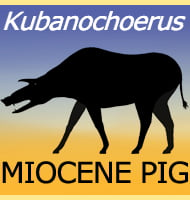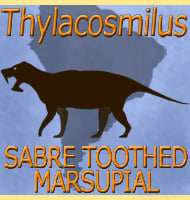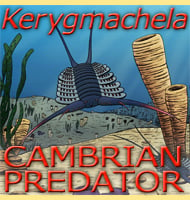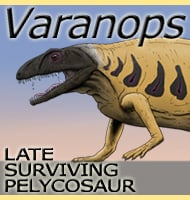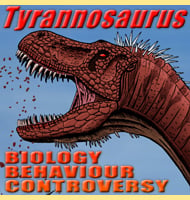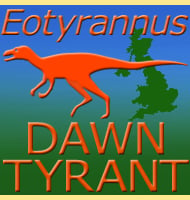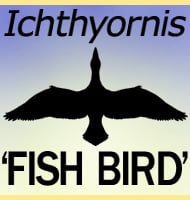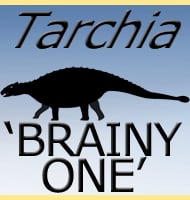In Depth
At the time of the genus description very little is known about Triopticus. Only known from a partially preserved braincase, we don’t know the size of Triopticus, what it ate, or even what kind of creature it was other than just giving it the tentatively cautious title of being an archosauriform. What we do know is this, at the time of discovery and naming, Triopticus is like no other creature known of the Triassic. The holotype specimen of Triopticus, a braincase with part of one of the eye sockets, rises up to form a dome headed structure. This ‘dome’ also has further rounded bony growths referred to as bosses, which in turn seem to have served as basis for soft tissue growths. As unusual a feature as the bony aspects of the head, the living example might have been quite something else.
The only other group of animals known in the fossil record with skull structures like those seen in Triopticus are the pachycephalosaurid dinosaurs. However, these dinosaurs lived much later in Mesozoic, and are almost certainly not directly related to Triopticus. This is clarified by clear differences in the fine detail of how the Triopticus skull comes together, and how it is different from commonly seen dinosaurian features. But to tantalise us further, the partial eye socket of Triopticus also shows mineralized cartilage, yet another feature often seen in the pachycephalosaurs.
So why the similarity? Was it a freak occurrence in nature, or did Triopticus develop a similar lifestyle to the pachycephalosaurs, albeit much earlier? Convergent evolution is a thing, and it would not be the first time nature had repeated itself, even if separated by a gulf of millions of years and different genetic lines. But in the case of Triopticus, much more and better preserved fossil information is required before we can get a clearer understanding.
Further Reading
- A Dome-Headed Stem Archosaur Exemplifies Convergence among Dinosaurs and Their Distant Relatives. - Current Biology 26(19):2674-2680. - M. R. Stocker, S. J. Nesbitt, K. E. Criswell, W. G. Parker, L. M. Witmer, T. B. Rowe, R. Ridgely & M. A. Brown - 2016.- A remarkable group of thick-headed Triassic Period archosauromorphs with a wide, possibly Pangean distribution. – Journal of Anatomy – D. J. Nesbitt, M. R. Stocker, S. Chatterjee, J. R. Horner & M. B. Goodwin – 2021.

